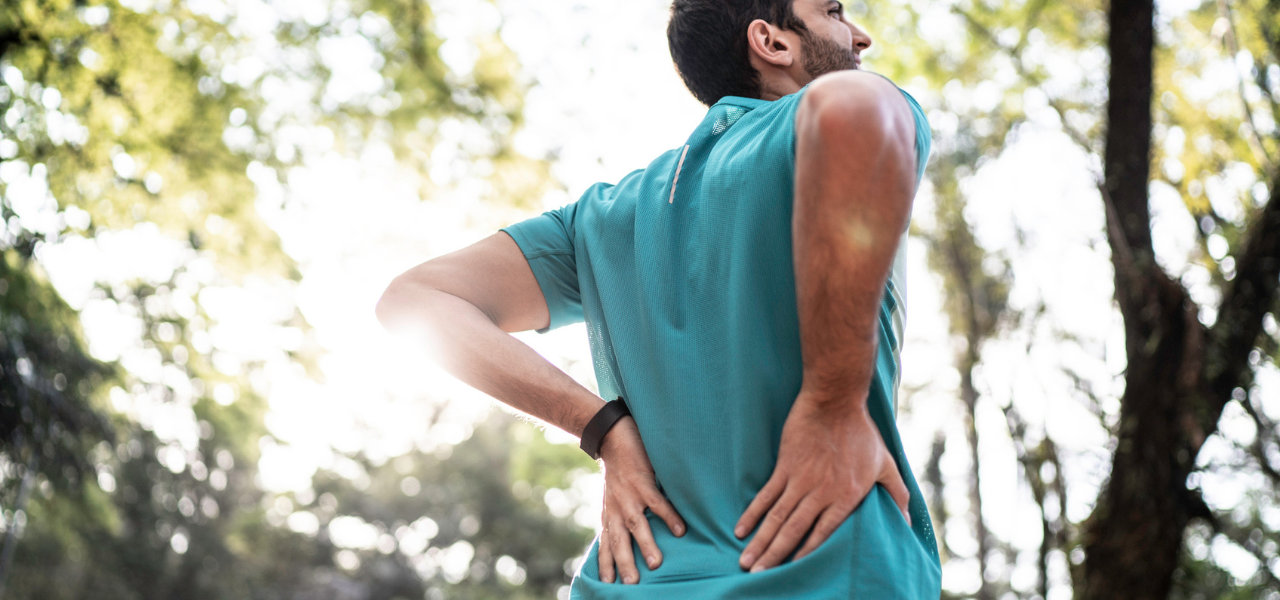Authored by Eric Coleman at Lifecare Prahran.
Back pain is such a common condition that it is actually the leading cause of disability worldwide.
People’s experiences with back pain can vary greatly and often include other symptoms such as numbness, pins and needles or pain in the buttock or leg.
While many episodes of back pain are mild and resolve by themselves, the chance the pain will recur remains high.
The causes for back pain are wide and often overlap.
Tasks such as lifting or maintaining one posture for a long period of time can contribute to its onset.
Other factors which may influence pain include lifestyle factors, diet for example, as well as social factors such as stress or not enough sleep.
A common misconception when it comes to managing back pain has been to take painkillers and rest.
However with the benefit of modern research we know that movement and exercise are the keys to a faster and more successful recovery.
Understanding the reasons a person is experiencing their pain and how they can monitor and manage their recovery is also essential.
When working with back pain, your physiotherapist will take a detailed history of your condition and any factors which may have influenced its onset and ongoing presence.
They will also perform a thorough physical exam to isolate any body structures, positions or movement patterns which may be contributing to your pain.
Together, this detailed history and assessment will allow your physiotherapist to provide a treatment that is tailored directly to you and your condition.
A physiotherapist’s treatment may utilise multiple approaches depending on what will be most effective for you.
This may include taping, soft-tissue therapies like massage, joint mobilisations or dry needling, as well as active exercises and stretches aimed to resolve your pain and prevent it from happening again.
These may aim to strengthen certain muscle groups, or to improve the action of those that support posture and balance, such as through clinical Pilates-style exercises.
Finally, they will assist you in understanding the causes of your condition and help guide you towards a pain-free future!
References
- Foster, N. E., Anema, J. R., Cherkin, D., Chou, R., Cohen, S. P., Gross, D. P., … Maher, C. G., (2018). Prevention and treatment of low back pain: evidence, challenges and promising directions. Lancet 391, 2368-2383. Hartvigsen, J., Hancock, M. J., Kongstead, A., Louw, Q., Ferreira, M. L., Genevay, S., …
- Underwood, M. (2018). What low back pain is and why we need to pay attention. Lancet 391, 2356-2367.

